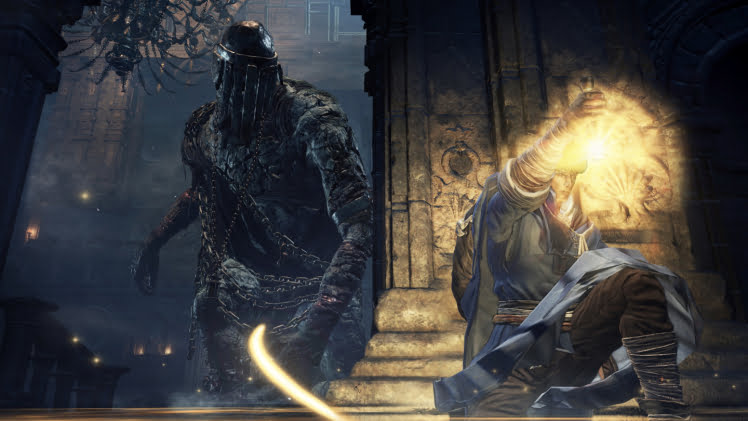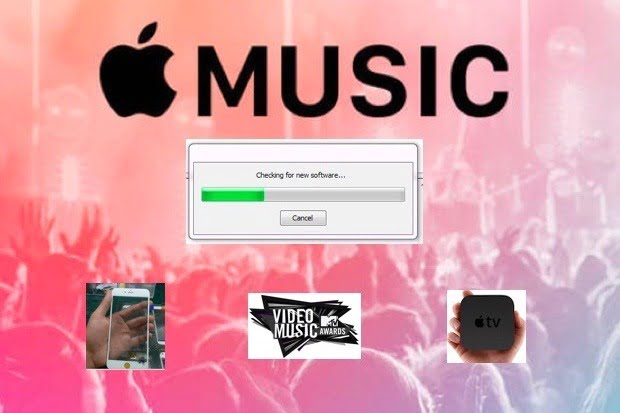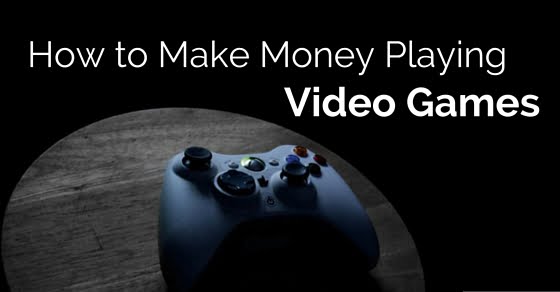

The final part of the Dark Souls trilogy sees the return of its original creator, but has he brought enough new ideas with him?
Dark Souls III marks the culmination of an extraordinary journey for From Software and director Hidetaka Miyazaki. Back in 2009 few people had heard of either, and new release Demon’s Souls almost didn’t get released in Europe at all – since so little was expected of it. But against the odds it became a cult hit, and then spiritual sequel Dark Souls started knocking on the door of mainstream acceptance. Miyazaki wasn’t directly involved in Darks Souls II, instead choosing to work on sister title Bloodborne, but now he’s back to finish the job he started.
If there’s one thing that everyone knows about the Souls games, it’s that that they’re hard. There’s no way to deny that, or the fact that it lays central to the franchise’s appeal. And that unfortunately means that some people will assume that the games are not for them, and that they don’t possess the level of skill necessary to enjoy them. But Dark Souls’ demands are not primarily centred around quick reflexes, but instead careful planning and total concentration. Anyone can play and win at Dark Souls, they just have to really want to.
Each new game has made some small attempt at improving accessibility though, and in Dark Souls III the opening section is relatively straightforward by the standards of the series. In that there isn’t an impossible-to-destroy monster two feet from where you start, and what enemies there are resemble something close to target practice.
For those that are completely new to the series Dark Souls is an action role-player, with an emphasis on third person melee combat and open world exploration. You have a wide choice of character classes when you start, which emphasise certain stats, weapons, and/or magic abilities, but the actual controls are disarmingly simple.
One of Dark Souls III’s major new features is the concept of Weapon Skills, which give you access to special moves or power boosts for spells, and yet still the number of button presses and moves is surprisingly low for a game with such a fearsome reputation. Weapon Skills are powered by Focus Points, which are given their own power gauge and are refilled by a new Ashen Estus Flask. (You can still use the move without Focus Points, it just won’t give you any of the buffs associated with it.)
Movement and combat is faster than previous outings, and enemies tend to be both quicker and more aggressive, but Dark Souls III is still slower and, when compared to Bloodborne, more focused on defence than attack. In Dark Souls learning to block effectively, and keeping your shield up (which can also have its own Weapon Skills), is just as vital as knowing when to strike.
We’ve been polite about it up till now, but the truth is that despite a few successful new features Dark Souls III is not fundamentally different from any of the previous entries in the series. The level design is better than Dark Souls II, but surprisingly still not as complex as Miyazaki’s other games. There are some clever and unexpected shortcuts, that link areas of the map in unexpected ways, but not as many as you might expect.

Given how long it takes for Weapon Skills to become a necessity, the first several hours (probably at least 20 for most players) of the game seem worryingly familiar. We noted this during our most recent preview, where many areas were reminiscent of locations and sequences from previous games, and it’s now clear that this was no accident. In fact, the beginning of the game works as a sort of greatest hits version of all Miyazaki’s games up to this point, including boss battles that are equally reminiscent in terms of tactics and/or visuals.
The game does eventually pull the rug from under you, but we think it’s inarguable that it takes too long for this to happen and that many will give up before it does. Arguments will no doubt rage as to why exactly the game has been designed this way, and whether it was a good idea, but it’s worth bearing in mind that it’s only controversial for veterans of the series.
Those new to Dark Souls will get to experience what is undoubtedly one of the best action adventures of all time, and while the level design may occasionally underwhelm the boss battles are almost uniformly excellent. They’re certainly vastly superior to Dark Souls II, being better spaced out and far more visually interesting – including several that are definitely amongst the series’ greatest creations.
The graphics are also the best yet seen: exquisitely detailed and with an often surprising use of colour. There’s still some slowdown on occasion, and we can’t help but pine at the thought of a Dark Souls that’s locked at 60 frames per second, but on current hardware it’s likely this is as far as the visuals can be pushed.
In terms of co-op and multiplayer it’s also business largely as usual, with the cryptic messages left behind by other players proving as vital as ever. Co-op options have increased to up to six players though, which will be a lifeline to many when it comes to the boss battles.
Dark Souls III was always presented as the last in the series, with Miyazaki being quite open about the difficulties inherent in keeping the third entry fresh. His answer to the problem is at the same time both clever and frustrating, which is perfectly in keeping with the nature of the series in general. Some will see this as the best Dark Souls of them all, others as a mild disappointment. And both will be right.
But no matter where you place it in your own personal hierarchy this is still an exceptionally well crafted and supremely entertaining video game. Where the series goes from here no one but Miyazaki knows, but if Dark Souls III does nothing else it confirms him as one of modern gaming’s most talented creators.
Dark Souls III
In Short: A fitting end to the Dark Souls trilogy, that eventually overcomes the feeling of overfamiliarity with some daring new features and classic boss battles.
Pros: The best combat yet in a Dark Souls title, along with many of the best boss battles. Sumptuous graphics and art design. Expanded online options and Weapon Skills work well.
Cons: The first several hours will prove worryingly familiar to series veterans. Level design is never quite as clever as previous titles.
[Source:- Metro]





